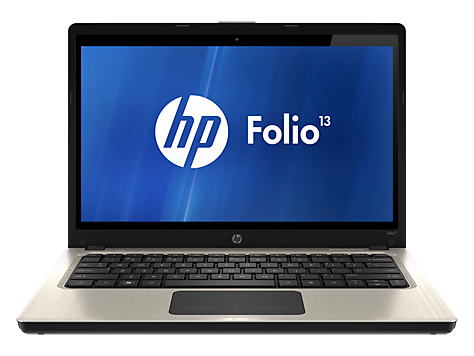

After the system transitions from "Boot Services" to "Runtime Services", the operating system kernel takes over. UEFI requires the firmware and operating system loader (or kernel) to be size-matched that is, a 64-bit UEFI firmware implementation can load only a 64-bit operating system (OS) boot loader or kernel (unless the CSM-based Legacy boot is used) and the same applies to 32-bit. 64-bit UEFI firmware implementations support long mode, which allows applications in the preboot environment to use 64-bit addressing to get direct access to all of the machine's memory. In comparison, the processor mode in a UEFI environment can be either 32-bit ( x86-32, AArch32) or 64-bit ( x86-64, Itanium, and AArch64).
#HP 2000 LAPTOP DRIVERS WINDOWS 7 32 BIT PC#
Standard PC BIOS is limited to a 16-bit processor mode and 1 MB of addressable memory space, resulting from the design based on the IBM 5150 that used a 16-bit Intel 8088 processor. As of UEFI 2.7, RISC-V processor bindings have been officially established for 32-, 64- and 128-bit modes. Similar projects exist for MIPS and RISC-V. Unofficial UEFI support is under development for POWERPC64 by implementing TianoCore on top of OPAL, the OpenPOWER abstraction layer, running in little-endian mode. Only little-endian processors can be supported.
32-bit (for example IA-32, ARM32) or 64-bit (for example 圆4, AArch64) pre-OS environmentĬompatibility Processor compatibility Īs of version 2.5, processor bindings exist for Itanium, x86, x86-64, ARM (AArch32) and ARM64 (AArch64). Flexible pre-OS environment, including network capability, GUI, multi language. Ability to boot a disk containing large partitions (over 2 TB) with a GUID Partition Table (GPT). UEFI firmware provides several technical advantages over a traditional BIOS system: The interface defined by the EFI specification includes data tables that contain platform information, and boot and runtime services that are available to the OS loader and OS. Many Linux and BSD distros can support both recipes. Arm SystemReady defined the Base Boot Requirements ( BBR) specification that currently provides three recipes, two of which are related to UEFI: 1) SBBR: which requires UEFI, ACPI and SMBIOS compliance suitable for the enterprise level operating environment such as Windows, Red Hat Enterprise Linux, VMware ESXi and 2) EBBR: which requires compliance to a set of UEFI interfaces as defined in the Embedded Base Boot Requirements ( EBBR) suitable for the embedded environment such as Yocto. In October 2020, Arm announced the extension of the program to the edge and IoT market. SBBR requires UEFI, ACPI and SMBIOS compliance. The program requires the system firmware to comply with Server Base Boot Requirements (SBBR). In October 2018, Arm announced Arm ServerReady, a compliance certification program for landing the generic off-the-shelf operating systems and hypervisors on Arm-based servers. The project promotes the idea of Firmware as a Service. In December 2018, Microsoft announced Project Mu, a fork of TianoCore EDK2 used in Microsoft Surface and Hyper-V products. Tiano has since then been superseded by EDK and EDK2 and is now maintained by the TianoCore community. The first open source UEFI implementation, Tiano, was released by Intel in 2004. The latest UEFI specification, version 2.9, was published in March 2021. It added network authentication and the user interface architecture ('Human Interface Infrastructure' in UEFI). Version 2.1 of the UEFI specification was released on 7 January 2007. Version 2.0 of the UEFI specification was released on 31 January 2006. 
The original EFI specification remains owned by Intel, which exclusively provides licenses for EFI-based products, but the UEFI specification is owned by the UEFI Forum. In July 2005, Intel ceased its development of the EFI specification at version 1.10, and contributed it to the Unified EFI Forum, which has developed the specification as the Unified Extensible Firmware Interface (UEFI). It was later renamed to Extensible Firmware Interface (EFI). The effort to address these concerns began in 1998 and was initially called Intel Boot Initiative. BIOS limitations (such as 16-bit real mode, 1MB addressable memory space, assembly language programming, and PC AT hardware) had become too restrictive for the larger server platforms Itanium was targeting. The original motivation for EFI came during early development of the first Intel–HP Itanium systems in the mid-1990s.






 0 kommentar(er)
0 kommentar(er)
